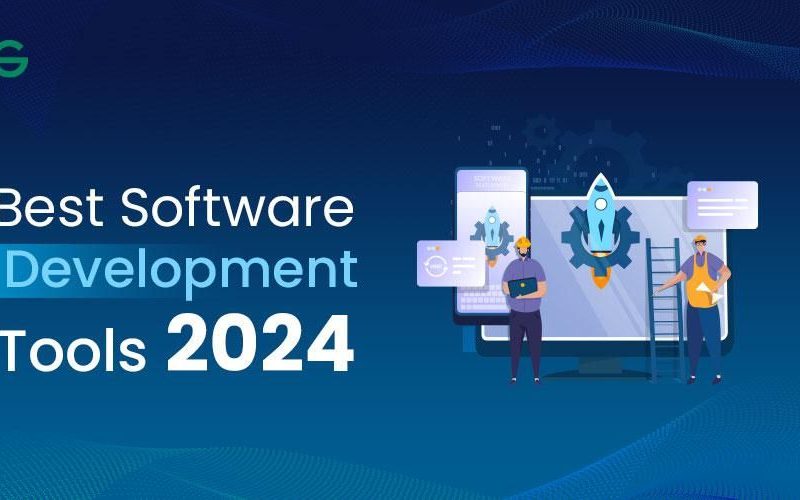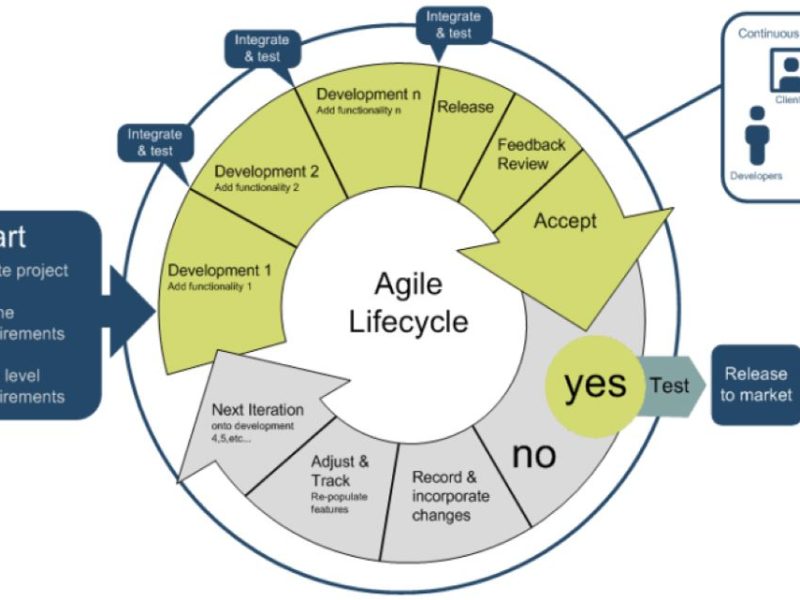Choosing the right framework for your tech project is crucial for its success. With so many options available, it can be overwhelming to decide which one is the best fit for your specific needs. In this article, we will provide you with a comprehensive guide to help you make an informed decision when selecting a framework for your project.
1. Define Your Project Requirements
Before you begin evaluating different frameworks, it’s important to clearly define your project requirements. Consider factors such as the size and complexity of your project, the technical skills of your team, your budget, and the timeline for completion. By understanding your project requirements upfront, you can narrow down your framework options and make a more informed decision.
2. Research Available Frameworks
Once you have a clear understanding of your project requirements, it’s time to research available frameworks. Look for frameworks that are well-documented, actively maintained, and have a strong community of developers. Consider factors such as the programming language, scalability, performance, and ease of use of each framework.
Some popular frameworks to consider include React, Angular, Vue.js, Laravel, Django, and Ruby on Rails. Each framework has its own unique features and benefits, so take the time to explore the options and see which one aligns best with your project requirements.
3. Evaluate Compatibility and Integration
Compatibility and integration are crucial factors to consider when choosing a framework for your project. Ensure that the framework you choose is compatible with the existing technologies and tools you are using. Consider how easily the framework can integrate with other systems, databases, APIs, and third-party services.
Additionally, consider the scalability of the framework and how well it can support your project as it grows. Look for frameworks that offer good support for mobile responsiveness, SEO optimization, and security features.
4. Consider the Learning Curve
Another important factor to consider when choosing a framework is the learning curve. Evaluate the complexity of the framework and consider how easily your team can learn and adapt to it. Choose a framework that aligns with the technical skills of your team and provides adequate documentation and resources for learning.
Consider the availability of online tutorials, documentation, and community forums for the framework. This will help you ensure that your team can quickly resolve any issues or challenges that may arise during the development process.
5. Test and Compare
Before making a final decision, it’s important to test and compare different frameworks. Create a small prototype or proof of concept using each framework to see how it performs in real-world scenarios. Evaluate factors such as performance, speed, flexibility, and ease of use.
Consider gathering feedback from your team members and stakeholders to understand their experiences and preferences with each framework. This will help you make a more informed decision based on real-world testing and feedback.
6. Make an Informed Decision
After evaluating and testing different frameworks, it’s time to make an informed decision. Consider all the factors we have discussed, including your project requirements, compatibility, integration, learning curve, and real-world testing results. Choose a framework that aligns best with your project goals and objectives.
Remember that choosing the right framework is not a one-size-fits-all decision. Each project is unique, and the framework you choose should be tailored to meet your specific needs and requirements. By following these steps and conducting thorough research, you can confidently select the right framework for your project and set yourself up for success.
Good luck!


